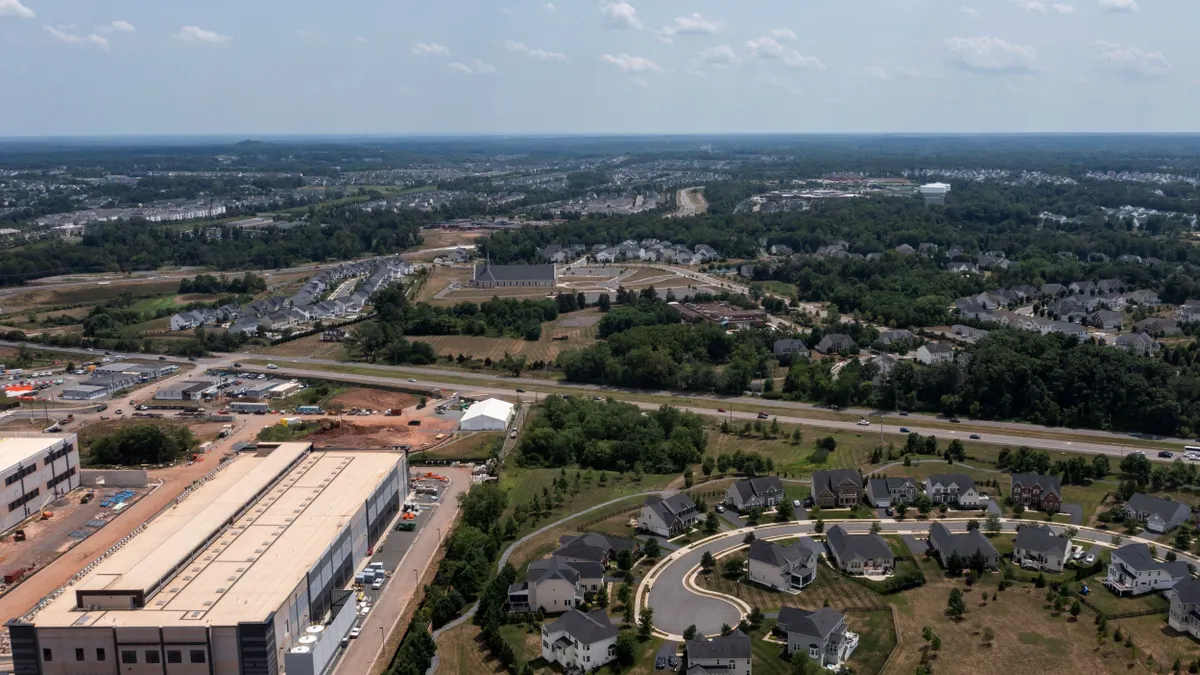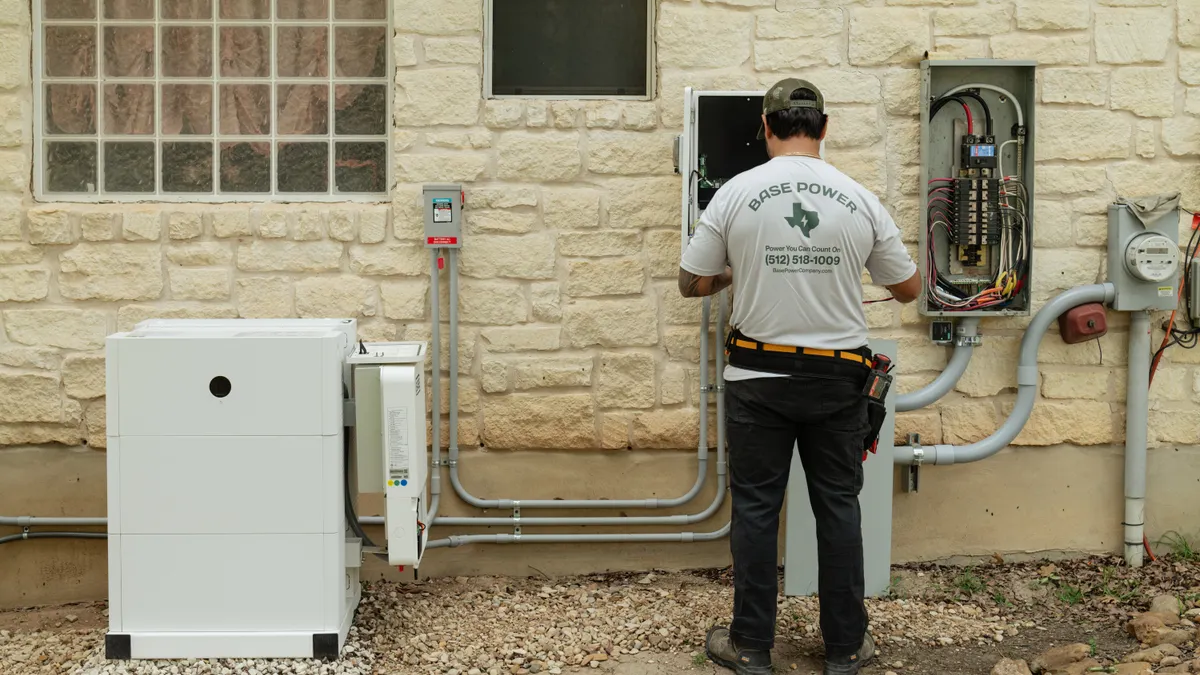Collin Smith is regulatory affairs manager at Leap Energy.
If you’ve ever had to cancel cable, you’ve probably had to navigate a cumbersome, lengthy call center experience to end a subscription you signed up for in minutes online. Cable providers, like many subscription-based services, often make it as easy as possible to sign up for their services but inexplicably more difficult to cancel them. This issue has become so widespread across so many different industries that the Federal Trade Commission has proposed a new rule to fix it. The rule would require subscription providers to make cancelation processes at least as easy as signing up for those subscriptions was in the first place.
This change could have implications for the electricity industry as well, although perhaps not in the way you’d think. Many utilities have thankfully adopted relatively simple online processes for customers to cancel electricity or gas service — and those that haven’t should probably consider doing so soon. However, utilities also offer a host of supplementary programs that customers can sign up for, and which don’t always have the simple “click to cancel” option that their general service does. Demand response programs are a primary example of this type of program, one where sign-up processes can be quite easy but cancelation processes more convoluted.
This has implications not just for the customer experience, but also for promoting effective competition in the power sector as a whole. DR is rapidly becoming a key mechanism for boosting grid stability, enabling higher penetrations of renewable energy and accelerating grid decarbonization. As innovative DR solutions continue to emerge and mature, fostering a robust DR marketplace in which customers can easily sign up for these new opportunities will be crucial for advancing the distributed energy economy.
A modern DR customer base facing old-school DR procedures
Regulators in many states place restrictions on customers enrolling in more than one DR program at a time, which means customers that want to enroll in a new DR program will often need to cancel whatever DR program they’re already in. This wasn’t much of an issue when DR was mostly provided by large commercial facilities with dedicated energy managers, but as smaller devices, like smart thermostats and batteries, become more widely used for DR, it’s increasingly residential customers who are forced to manage these cancelation processes. These customers generally have less time and bandwidth to chase down utility reps over the phone, and many will simply abandon efforts to cancel programs if it gets too difficult.
Leap has seen this impact first-hand with its own customer base. In the past three years, over 8,000 individual customers that have registered on Leap’s platform in California have not been able to authorize their meters to participate in DR because they’re already registered in a conflicting program. These customers either did not know how to cancel the conflicting program or found the process too time-consuming, opting to give up on their efforts to join Leap’s program. This not only results in a disappointing customer experience, it also represents over 9 MW of shiftable load that is effectively inaccessible to new DR providers. If these numbers are even remotely similar for other companies and states, the impact to the DR industry nationwide would be substantial.
Perhaps unsurprisingly, the vast majority of these conflicting programs are provided through the customer’s utility. As a customer’s primary electricity provider, utilities have a significant advantage in registering customers for DR programs, not only because theirs is often the first program customers will see, but also because utilities manage the customer meter data upon which DR programs depend. The California Public Utilities Commission recently called out this advantage in a decision on data authorization processes, writing that, “given the [investor-owned utilities’] role in managing customer data access and authorizations, the IOUs are in the best position to exercise an incumbency advantage to create barriers for customers wishing to disenroll from their program and enroll with a third-party competitor.”
Utilities, of course, did not ask for this incumbency advantage. But they do benefit from it, and its existence makes it easy for administration processes around canceling DR programs to become obstacles to customer choice and free competition.
Creating an equitable, competitive DR sector
A number of changes can help address this issue, such as requiring utilities to open up their programs to third-party participation or allowing customers to participate in more than one program at a time, letting them earn more for providing multiple grid services. Changes like these would create a more equitable and competitive DR sector overall.
Even with those improvements, a streamlined program cancelation process is still important, and program administrators should ensure that these processes are as straightforward as possible. Unfortunately, in many places, this is still not the case. For example, SCE’s Smart Energy Program, a utility smart thermostat DR initiative, provides step-by-step instructions on how to sign up online with each qualifying smart thermostat brand. For cancelations, SCE provides one line buried in their Terms & Conditions page instructing customers to contact their device’s service provider.
Processes like this reflect exactly the type of barriers described in the CPUC’s decision, and if the Federal Trade Commission’s rule passes, they may even become legally questionable. This would likely push both utilities and third-party providers to develop simpler cancelation processes for customers, which would be a welcome outcome of that rulemaking. However, it’s not the only way to prevent these kinds of competitive disparities in the electricity sector. Public utility commissions in every state have the mandate and authority to require that all DR program providers establish cancelation processes that are fair to customers and the industry as a whole.
As grid-straining extreme weather events become more and more common, and as the trend towards electrification accelerates, DR solutions will be increasingly important to ensuring grid stability and lowering the carbon intensity of the grid. In order for companies to invest in these solutions, however, there needs to be confidence that they’ll have equal access to interested customers, unencumbered by archaic administrative procedures that block customers from choosing their preferred program.
These DR solutions are enabled by digital advances that have become ubiquitous in the 21st century. There’s no reason customers should need to go through 20th century cancelation processes to get out of them.




















